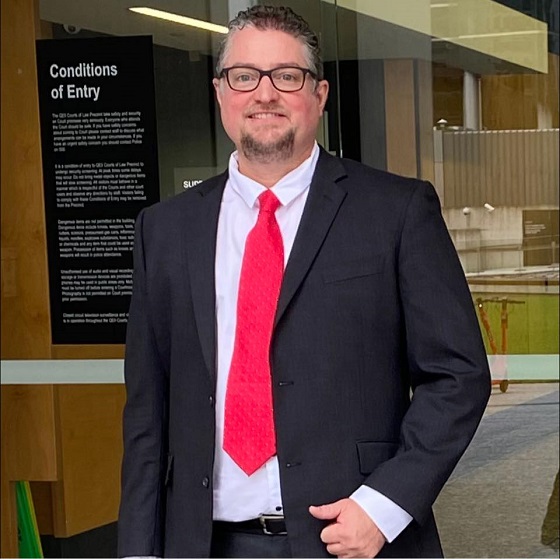Alberta
Over 800 overdose deaths in 2021 – Alberta RCMP recognize International Overdose Awareness Day

News release from Alberta RCMP
Alberta RCMP recognizes International Overdose Awareness Day 2022
In 2021, Alberta lost over 800 lives to meth-related accidental overdoses – a 28% increase from such tragic fatalities in 2020. On Aug. 31, 2022, the Alberta RCMP recognizes International Overdose Awareness Day by launching a methamphetamine awareness campaign in collaboration with the Canadian Integrated Response to Organized Crime. The campaign will help educate, protect and inform the public about negative impacts of methamphetamine and other synthetic drugs – as well as highlight the Alberta Clandestine Lab Enforcement and Response (CLEAR) Team and their role as a liaison with the chemical industry.
Methamphetamine is pervasive in our communities and has contributed to property crimes and crimes of violence. The Criminal Intelligence Service Canada identified methamphetamine as having one of the highest threat levels “due to its geographical reach, high burden of harm, and increased involvement of organized crime groups.” According to a 2017 Canadian Tobacco, Alcohol, and Drugs Survey, 3.7% of Canadians have used methamphetamine at least once in their lifetime. While methamphetamine use among the general population in Canada may be low, the Canadian Centre on Substance Use and Addiction notes that “there has been a dramatic increase in the availability and harms associated with methamphetamine in Canada” since 2013 – with notable trends in Western regions.
The Alberta CLEAR Team provides specialized operational support in identifying, assessing, processing and dismantling illegal synthetic drug production labs, processing locations, dump sites and Butane Hash Oil labs. Often, the CLEAR Team is called upon to liaise with the chemical industry in Alberta to ‘back track’ chemical precursors and facilitate the real time exchange of information regarding methods of diversion and indicators of suspicious transactions.
In the coming months, Alberta RCMP will share information at @AlbertaRCMP on Twitter and the @RCMPinAlberta Facebook page. To keep updated, follow #MethHurtsCommunities.
Quick Facts
Table 1: Alberta Substance Use Surveillance System
| Provincial Statistic | 2020 | 2021 |
| Meth-related accidental overdoses | 655 | 836 |
| Emergency Department visits related to substance use | 10,846 | 10,401 |
| Naloxone kits given out (community site and pharmacy kits) | 100,257 | 154,171 |
| Self reported reversals | 8,554 | 15,623 |
| Total number of EMS responses to opioid related event | 5,245 | 8,253 |
| Weekly average of EMS responses to opioid related event | 98.96 | 158.71 |
Source: https://www.alberta.ca/substance-use-surveillance-data.aspx
Table 2: Drug Analysis Services
| Provincial Statistic | 2020 | 2021 |
| Total number of stimulants identified during analysis per year | 7,285 | 7072 |
| Number of methamphetamine samples | 4,236 | 4,095 |
Table 3: Alberta RCMP Methamphetamine Offences
| Offence Type | 2020 | 2021 |
| Possession | 1,747 | 1,190 |
| Trafficking | 339 | 259 |
| Possession for the Purpose of Trafficking | 404 | 373 |
| Importing/Exporting | 2 | 0 |
| Possession for the Purpose of Exporting | 1 | 0 |
| Production | 18 | 5 |
| Possess/Produce/Sell/Import Anything Used to Produce/Traffic | 6 | 4 |
| Grand Total | 2,517 | 1,831 |
Source: RCMP Police Reporting and Occurrence System
Alberta
Fraser Institute: Time to fix health care in Alberta

From the Fraser Institute
By Bacchus Barua and Tegan Hill
Shortly after Danielle Smith was sworn in as premier, she warned Albertans that it would “be a bit bumpy for the next 90 days” on the road to health-care reform. Now, more than two years into her premiership, the province’s health-care system remains in shambles.
According to a new report, this year patients in Alberta faced a median wait of 38.4 weeks between seeing a general practitioner and receiving medically necessary treatment. That’s more than eight weeks longer than the Canadian average (30.0 weeks) and more than triple the 10.5 weeks Albertans waited in 1993 when the Fraser Institute first published nationwide estimates.
In fact, since Premier Smith took office in 2022, wait times have actually increased 15.3 per cent.
To be fair, Premier Smith has made good on her commitment to expand collaboration with the private sector for the delivery of some public surgeries, and focused spending in critical areas such as emergency services and increased staffing. She also divided Alberta Health Services, arguing it currently operates as a monopoly and monopolies don’t face the consequences when delivering poor service.
While the impact of these reforms remain largely unknown, one thing is clear: the province requires immediate and bold health-care reforms based on proven lessons from other countries (e.g. Australia and the Netherlands) and other provinces (e.g. Saskatchewan and Quebec).
These reforms include a rapid expansion of contracts with private clinics to deliver more publicly funded services. The premier should also consider a central referral system to connect patients to physicians with the shortest wait time in their area in public or private clinics (while patients retain the right to wait longer for the physician of their choice). This could be integrated into the province’s Connect Care system for electronic patient records.
Saskatchewan did just this in the early 2010s and moved from the longest wait times in Canada to the second shortest in just four years. (Since then, wait times have crept back up with little to no expansion in the contracts with private clinics, which was so successful in the past. This highlights a key lesson for Alberta—these reforms are only a first step.)
Premier Smith should also change the way hospitals are paid to encourage more care and a more patient-focused approach. Why?
Because Alberta still generally follows an outdated approach to hospital funding where hospitals receive a pre-set budget annually. As a result, patients are seen as “costs” that eat into the hospital budget, and hospitals are not financially incentivized to treat more patients or provide more rapid access to care (in fact, doing so drains the budget more rapidly). By contrast, more successful universal health-care countries around the world pay hospitals for the services they provide. In other words, by making treatment the source of hospital revenue, hospitals provide more care more rapidly to patients and improve the quality of services overall. Quebec is already moving in this direction, with other provinces also experimenting.
The promise of a “new day” for health care in Alberta is increasingly looking like a pipe dream, but there’s still time to meaningfully improve health care for Albertans. To finally provide relief for patients and their families, Premier Smith should increase private-sector collaboration, create a central referral system, and change the way hospitals are funded.
Alberta
Ford and Trudeau are playing checkers. Trump and Smith are playing chess
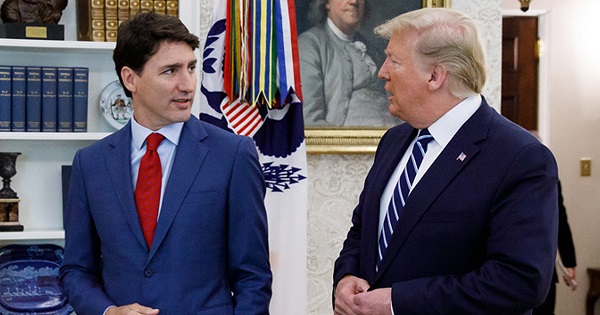
By Dan McTeague
Ford’s calls for national unity – “We need to stand united as Canadians!” – in context feels like an endorsement of fellow Electric Vehicle fanatic Trudeau. And you do wonder if that issue has something to do with it. After all, the two have worked together to pump billions in taxpayer dollars into the EV industry.
There’s no doubt about it: Donald Trump’s threat of a blanket 25% tariff on Canadian goods (to be established if the Canadian government fails to take sufficient action to combat drug trafficking and illegal crossings over our southern border) would be catastrophic for our nation’s economy. More than $3 billion in goods move between the U.S. and Canada on a daily basis. If enacted, the Trump tariff would likely result in a full-blown recession.
It falls upon Canada’s leaders to prevent that from happening. That’s why Justin Trudeau flew to Florida two weeks ago to point out to the president-elect that the trade relationship between our countries is mutually beneficial.
This is true, but Trudeau isn’t the best person to make that case to Trump, since he has been trashing the once and future president, and his supporters, both in public and private, for years. He did so again at an appearance just the other day, in which he implied that American voters were sexist for once again failing to elect the nation’s first female president, and said that Trump’s election amounted to an assault on women’s rights.
Consequently, the meeting with Trump didn’t go well.
But Trudeau isn’t Canada’s only politician, and in recent days we’ve seen some contrasting approaches to this serious matter from our provincial leaders.
First up was Doug Ford, who followed up a phone call with Trudeau earlier this week by saying that Canadians have to prepare for a trade war. “Folks, this is coming, it’s not ‘if,’ it is — it’s coming… and we need to be prepared.”
Ford said that he’s working with Liberal Finance Minister Chrystia Freeland to put together a retaliatory tariff list. Spokesmen for his government floated the idea of banning the LCBO from buying American alcohol, and restricting the export of critical minerals needed for electric vehicle batteries (I’m sure Trump is terrified about that last one).
But Ford’s most dramatic threat was his announcement that Ontario is prepared to shut down energy exports to the U.S., specifically to Michigan, New York, Wisconsin, and Minnesota, if Trump follows through with his plan. “We’re sending a message to the U.S. You come and attack Ontario, you attack the livelihoods of Ontario and Canadians, we’re going to use every tool in our toolbox to defend Ontarians and Canadians across the border,” Ford said.
Now, unfortunately, all of this chest-thumping rings hollow. Ontario does almost $500 billion per year in trade with the U.S., and the province’s supply chains are highly integrated with America’s. The idea of just cutting off the power, as if you could just flip a switch, is actually impossible. It’s a bluff, and Trump has already called him on it. When told about Ford’s threat by a reporter this week, Trump replied “That’s okay if he does that. That’s fine.”
And Ford’s calls for national unity – “We need to stand united as Canadians!” – in context feels like an endorsement of fellow Electric Vehicle fanatic Trudeau. And you do wonder if that issue has something to do with it. After all, the two have worked together to pump billions in taxpayer dollars into the EV industry. Just over the past year Ford and Trudeau have been seen side by side announcing their $5 billion commitment to Honda, or their $28.2 billion in subsidies for new Stellantis and Volkswagen electric vehicle battery plants.
Their assumption was that the U.S. would be a major market for Canadian EVs. Remember that “vehicles are the second largest Canadian export by value, at $51 billion in 2023 of which 93% was exported to the U.S.,”according to the Canadian Vehicle Manufacturers Association, and “Auto is Ontario’s top export at 28.9% of all exports (2023).”
But Trump ran on abolishing the Biden administration’s de facto EV mandate. Now that he’s back in the White House, the market for those EVs that Trudeau and Ford invested in so heavily is going to be much softer. Perhaps they’d like to be able to blame Trump’s tariffs for the coming downturn rather than their own misjudgment.
In any event, Ford’s tactic stands in stark contrast to the response from Alberta, Canada’s true energy superpower. Premier Danielle Smith made it clear that her province “will not support cutting off our Alberta energy exports to the U.S., nor will we support a tariff war with our largest trading partner and closest ally.”
Smith spoke about this topic at length at an event announcing a new $29-million border patrol team charged with combatting drug trafficking, at which said that Trudeau’s criticisms of the president-elect were, “not helpful.” Her deputy premier Mike Ellis was quoted as saying, “The concerns that president-elect Trump has expressed regarding fentanyl are, quite frankly, the same concerns that I and the premier have had.” Smith and Ellis also criticized Ottawa’s progressively lenient approach to drug crimes.
(For what it’s worth, a recent Léger poll found that “Just 29 per cent of [Canadians] believe Trump’s concerns about illegal immigration and drug trafficking from Canada to the U.S. are unwarranted.” Perhaps that’s why some recent polls have found that Trudeau is currently less popular in Canada than Trump at the moment.)
Smith said that Trudeau’s criticisms of the president-elect were, “not helpful.” And on X/Twitter she said, “Now is the time to… reach out to our friends and allies in the U.S. to remind them just how much Americans and Canadians mutually benefit from our trade relationship – and what we can do to grow that partnership further,” adding, “Tariffs just hurt Americans and Canadians on both sides of the border. Let’s make sure they don’t happen.”
This is exactly the right approach. Smith knows there is a lot at stake in this fight, and is not willing to step into the ring in a fight that Canada simply can’t win, and will cause a great deal of hardship for all involved along the way.
While Trudeau indulges in virtue signaling and Ford in sabre rattling, Danielle Smith is engaging in true statesmanship. That’s something that is in short supply in our country these days.
As I’ve written before, Trump is playing chess while Justin Trudeau and Doug Ford are playing checkers. They should take note of Smith’s strategy. Honey will attract more than vinegar, and if the long history of our two countries tell us anything, it’s that diplomacy is more effective than idle threats.
Dan McTeague is President of Canadians for Affordable Energy.
-

 Alberta1 day ago
Alberta1 day agoProposed $70 billion AI data centre in MD of Greenview could launch an incredible new chapter for western Canadian energy
-

 Brownstone Institute8 hours ago
Brownstone Institute8 hours agoA Potpourri of the World’s Unexposed Scandals
-

 Alberta1 day ago
Alberta1 day agoYour towing rights! AMA unveils measures to help fight predatory towing
-

 Economy6 hours ago
Economy6 hours agoThe White Pill: Big Government Can Be Defeated (Just Ask the Soviet Union)
-
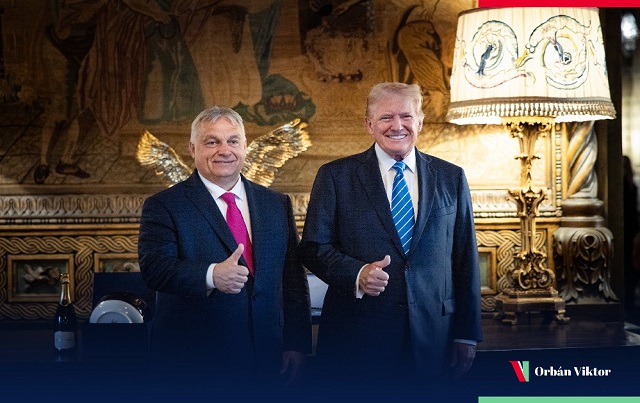
 conflict5 hours ago
conflict5 hours agoTrump has started negotiations to end the war in Ukraine
-

 COVID-194 hours ago
COVID-194 hours agoEsteemed UK Doctor pleads with governments to cancel COVID-19 vaccines
-
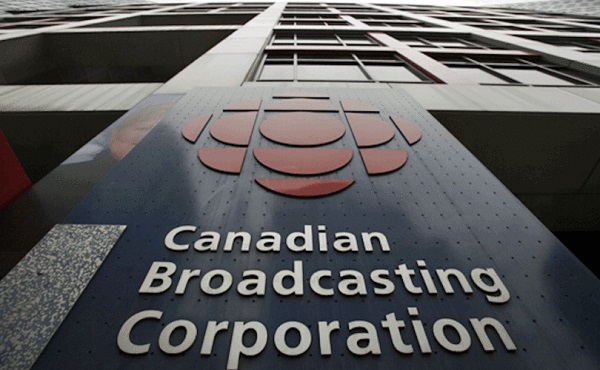
 Business3 hours ago
Business3 hours agoThe CBC gets $1.4 billion per year, but the Trudeau government wants to give it more
-
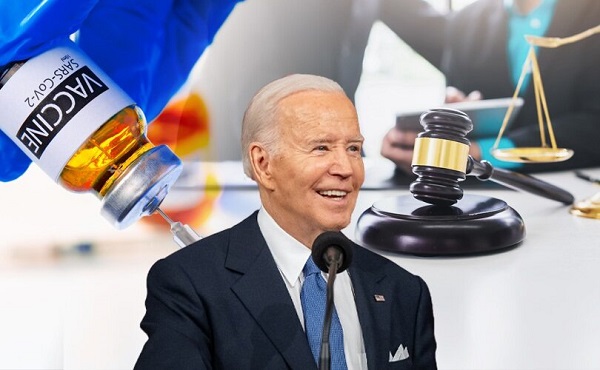
 COVID-199 hours ago
COVID-199 hours agoBiden HHS extends immunity for COVID shot manufacturers through 2029






